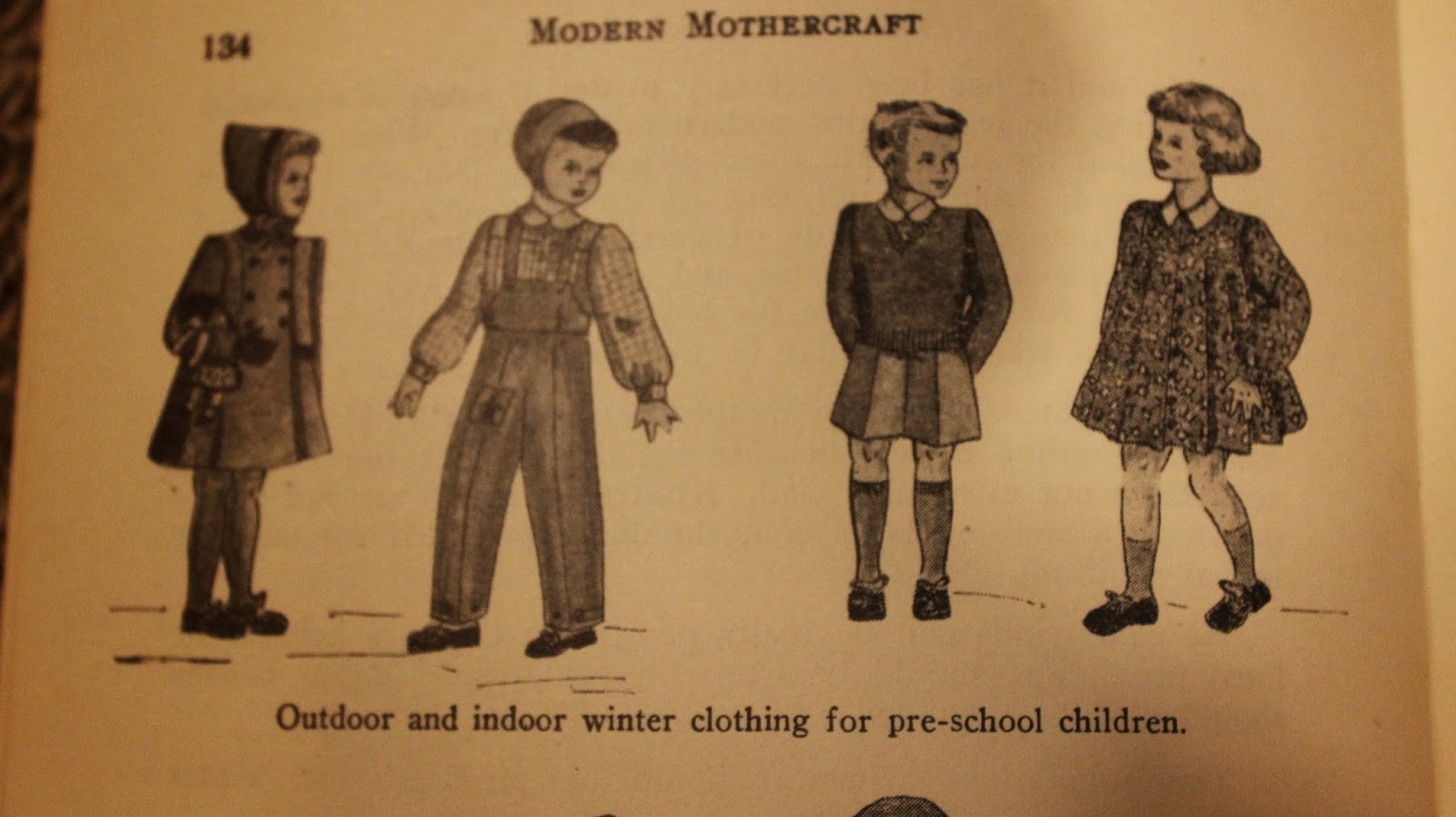I recently decided to harness my dormant domesticated goddess, and make my daughter a dress. I've not sewn a dress since the spangly-stretchy number I made my Barbie in the 1990s, so the idea of making another one is somewhat exciting. Besides, I grew up wearing home-made clothes: the whir of Mum's sewing machine was a big part of my childhood, and I wanted my children to experience that too. So, off I went to buy some fabric, my head filled with scenes of my daughter frolicking around in the fruits of my labour.
Plus, I thought, perhaps sewing one dress is the perfect segue into living a life of domestic idyll, in manner of a 1950s housewife as viewed through the rosiest of rose-tinted spectacles. I'm sure you know about those spectacles - they're the same ones many women use to self-flagellate after adding things like making food from scratch and handcrafting all of their children's clothes to the already long list of Things Mothers Feel Guilty About For Not Doing. As if popping to the supermarket and buying a loaf of bread somehow means we love our children a little bit less than had we been up at dawn to make it ourselves.
The 1945 Plunket book, Modern Mothercraft, is filled with tips on how to make clothes and food, and the entire back section is dedicated to recipes. This is a sharp contrast to the current Plunket manual, Thriving Under Five, which, while still filled with useful information, contains coupons to be redeemed at the supermarket rather than tips on how to make things yourself.
I know very few people who make clothes for their kids, let alone making preserves, cooking from scratch and all of the other things our grandmothers would have taken for granted having to do. Not to mention all of the other things that never would have occurred to me before reading Modern Mothercraft, like preparing special milk for your baby rather than buying formula. It's no wonder we put on those ridiculous rose-tinted spectacles when we think about the 1950s woman, especially given how they were so much more practical than us.
Then, I asked my Mum: if clothes had been cheaper when I was young, would she have made us so many? Her answer: Probably not. Maybe for special occasions, but not for everyday wear. After all, why would she? It might be fun to make a dress or a costume, but having to make clothes all of the time would have just turned into an unpleasant chore.
I imagine that the 1950s woman would have been the same - if they had access to cheaper goods or had more choices, they wouldn't have necessarily been such practical domesticated goddesses either. Some may still have chosen to spend their days ironing, sewing, cooking and cleaning. But plenty of others would probably have spent their free time on Facebook, and looking at funny pictures of cats online. Our grandmothers and mothers deserve respect and acknowledgement for all that they did, but that doesn't mean we need to beat ourselves up that we aren't more like them.
And, in the meantime, I really should get on with making that dress for my daughter. Whether it be for a hobby or for necessity, I feel that my children ought to hear the whir of a sewing machine at least once this year. If they don't, I really ought to have just gone to K-Mart.

No comments:
Post a Comment